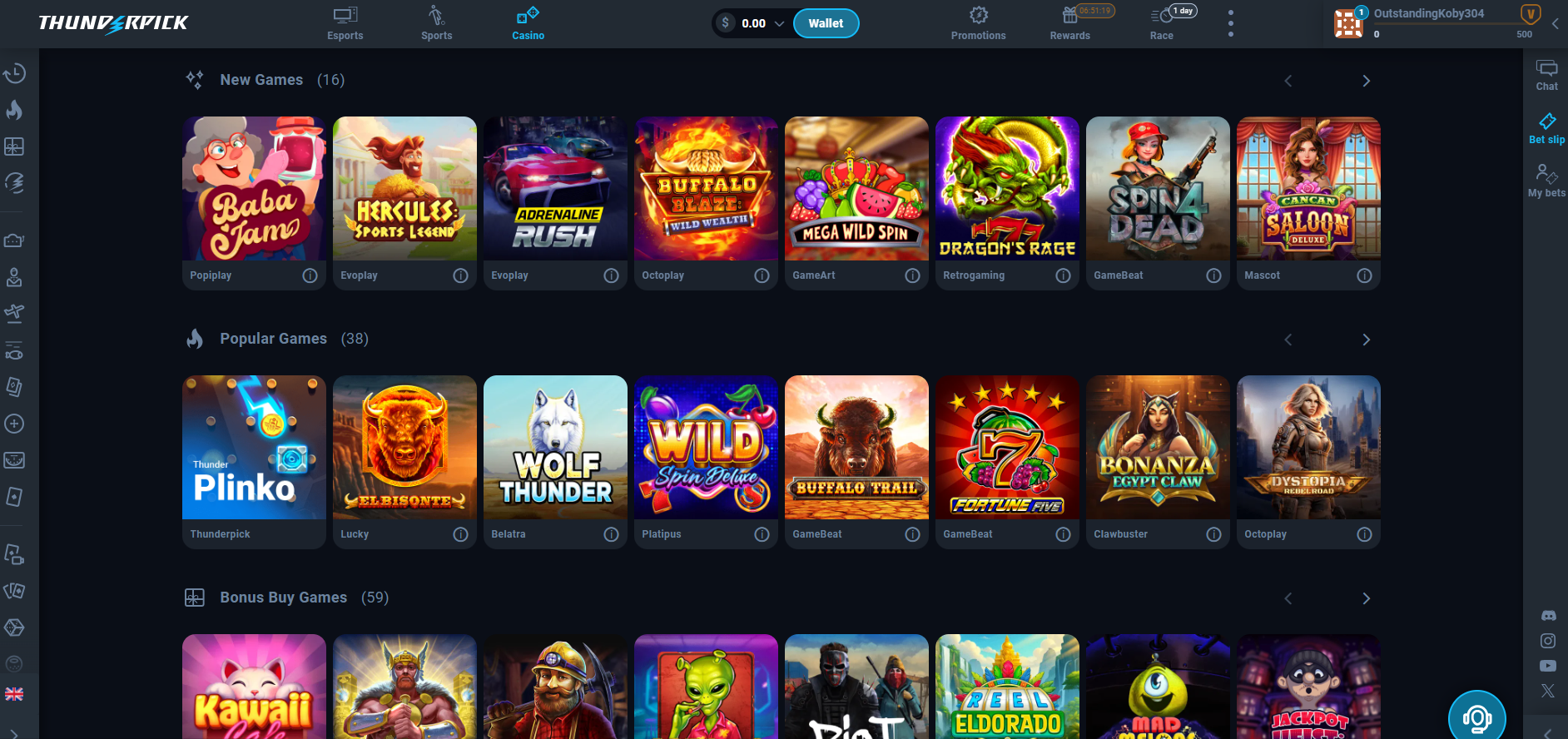Supabet Casino: The Cultural Evolution of Gambling

Gambling is an age-old activity that has evolved significantly across cultures and time periods. From ancient rituals to modern digital platforms, the world of gambling showcases a rich tapestry of traditions and innovations. This article delves into the cultural evolution of gambling, highlighting key practices from various regions and how they have transformed into contemporary forms of entertainment.
Ancient Beginnings
The roots of gambling can be traced back to ancient civilizations. For instance, the Chinese were known to use rudimentary dice for games of chance as early as 2000 BC. In ancient Rome, soldiers would gamble on dice games as a form of entertainment. Similarly, in India, the game of Pachisi, which dates back to the 6th century, involved a board and pieces that moved based on the roll of cowrie shells.
Traditional Gambling Games
- Mahjong: A game originating from China, involving skill, strategy, and luck.
- Backgammon: One of the oldest known board games, with roots in the Middle East, where players move pieces according to the roll of the dice.
- Poker: Gaining popularity in the United States, it evolved from various European card games and has become a staple of American gambling culture.
Global Innovations
As societies progressed, so did their gambling practices. The advent of technology has played a pivotal role in reshaping gambling experiences. From land-based casinos to online platforms like Supabet Casino, innovations have made gambling more accessible and appealing to a broader audience.
The Rise of Online Gambling
In the late 20th century, the internet revolutionized gambling. Online casinos emerged, allowing players to enjoy their favorite games from the comfort of their homes. Supabet Casino is just one example of how digital platforms have transformed traditional gambling into an interactive experience, appealing to both novices and seasoned players alike.
Cultural Significance and Social Aspects
Gambling is often more than just a pastime; it reflects cultural values and social structures. In some cultures, gambling is viewed as a rite of passage or a way to build community bonds. Festivals and social gatherings often include gambling activities, fostering connections among participants.
Case Study: The Role of Gambling in Japanese Culture
In Japan, gambling is tightly regulated, yet games like Pachinko have gained immense popularity. Pachinko parlors serve not only as entertainment hubs but also as social venues. The cultural significance of gambling in Japan highlights how traditional practices can coexist with modern innovations.
The Future of Gambling
As technology continues to evolve, the future of gambling appears promising. Virtual reality (VR) and augmented reality (AR) are set to redefine the gambling landscape, offering immersive experiences that mimic the thrill of being in a physical casino. The interaction of AI in customizing game experiences presents a new frontier, enhancing player engagement.
Conclusion
The cultural evolution of gambling illustrates a fascinating journey from ancient rituals to modern innovations. As societies change and technology advances, so too will gambling practices. Platforms like Supabet Casino represent the ongoing transformation in this age-old activity, blending tradition with innovation. As we look to the future, the continued evolution of gambling will undoubtedly reflect the changing values and technological advancements of our times.
In summary, gambling is a multifaceted cultural phenomenon that transcends borders, weaving a rich narrative of tradition and innovation. By understanding its history and future potential, we gain insight into not only gambling itself but also the societies that engage with it.